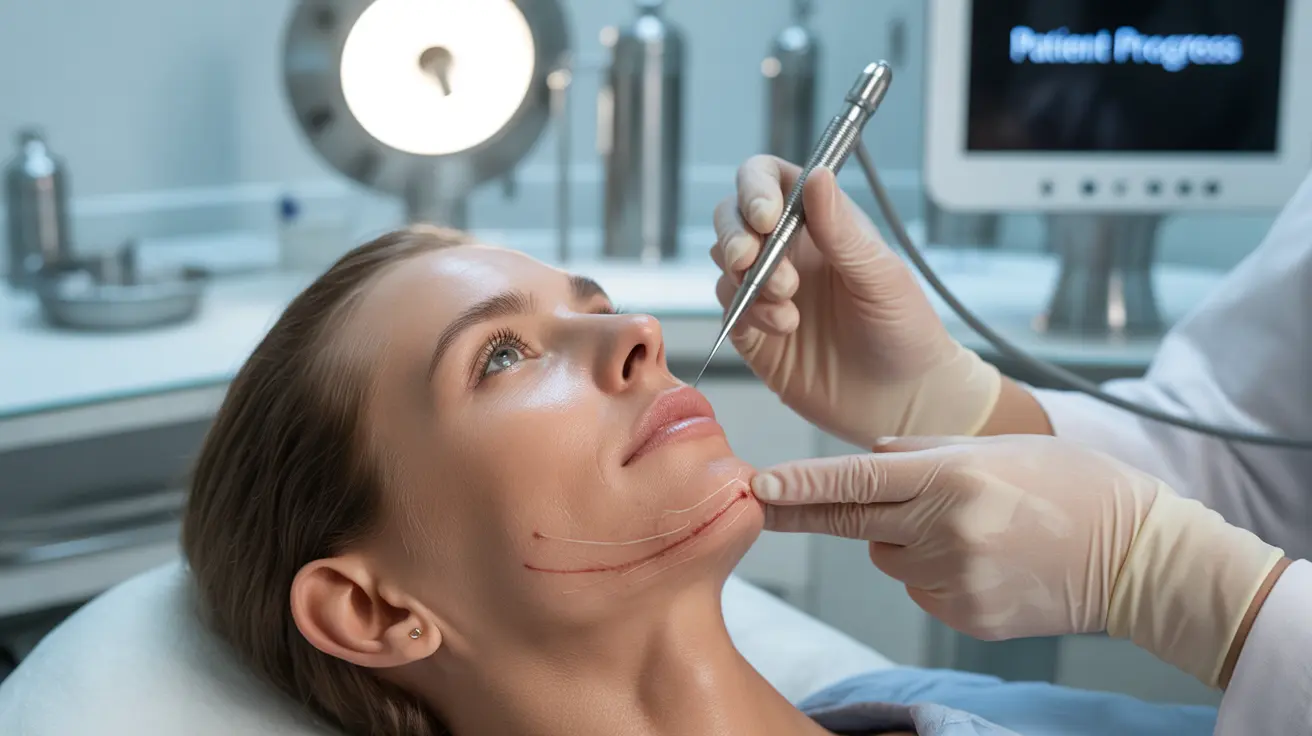Living with acne scars can significantly impact self-confidence and quality of life. Subcision, a minimally invasive surgical procedure, offers hope for those seeking effective treatment for depressed acne scars. This advanced dermatological technique has gained recognition for its ability to improve the appearance of various types of acne scarring.
Understanding how subcision works and whether it's right for you is crucial for making an informed decision about your scar treatment journey. Let's explore this innovative procedure in detail, including its benefits, limitations, and what to expect during treatment.
What Is Subcision and How Does It Work?
Subcision, also known as subcutaneous incisionless surgery, is a specialized procedure designed to treat depressed acne scars by breaking up scar tissue beneath the skin's surface. During the procedure, a dermatologist uses a small needle to carefully separate the scar tissue from deeper skin layers, allowing new collagen to form and helping the depressed scar to lift.
The procedure works by targeting the fibrous bands that pull the scar downward, creating a depression in the skin. By releasing these bands, subcision creates controlled injury beneath the scar, stimulating the body's natural healing response and promoting new collagen production.
Types of Acne Scars Suitable for Subcision
Not all acne scars respond equally well to subcision treatment. The procedure is most effective for:
- Rolling scars (wave-like depressions with smooth edges)
- Box car scars (angular depressions with sharp edges)
- Some types of deep, tethered scars
Surface-level scarring and ice pick scars may require different or additional treatment approaches for optimal results.
The Treatment Process
Before the Procedure
Prior to subcision, patients undergo a thorough consultation to evaluate their scar type and determine candidacy. The dermatologist will examine the skin, discuss medical history, and create a customized treatment plan.
During Treatment
The procedure typically involves:
- Local anesthesia application
- Careful insertion of a specialized needle
- Strategic breaking of fibrous bands
- Possible temporary placement of dermal fillers in some cases
Post-Treatment Care
After subcision, patients can expect:
- Some swelling and bruising
- Temporary tenderness
- Specific aftercare instructions
- Gradual improvement over several weeks
Expected Results and Timeline
While results vary among individuals, most patients begin to see improvement in their acne scars within 3-6 months after treatment. The healing process continues as new collagen forms, with final results becoming apparent after 6-12 months.
Frequently Asked Questions
What is subcision and how does it work to treat acne scars?
Subcision is a minimally invasive surgical procedure that treats depressed acne scars by breaking up scar tissue beneath the skin using a specialized needle. The process releases fibrous bands that pull scars downward, stimulating collagen production and allowing the scar to lift naturally.
How many subcision treatments are usually needed to see improvement in acne scars?
Most patients require 2-3 treatment sessions, spaced 4-8 weeks apart, to achieve optimal results. However, some individuals may see significant improvement after a single treatment, while others might need additional sessions based on scar severity.
What are the common side effects and risks associated with subcision for scar treatment?
Common side effects include temporary bruising, swelling, and tenderness at the treatment site. Rare risks may include infection, persistent discoloration, or uneven results. Most side effects resolve within 1-2 weeks with proper aftercare.
Can subcision be combined with other acne scar treatments for better results?
Yes, subcision often works best when combined with other treatments such as dermal fillers, laser therapy, or micro-needling. Your dermatologist can create a comprehensive treatment plan that may include multiple modalities for optimal results.
Who is a good candidate for subcision, and are all types of acne scars treatable with this procedure?
Ideal candidates have depressed acne scars, particularly rolling or boxcar scars, and realistic expectations about results. Not all scar types respond equally well to subcision; ice pick scars and surface-level scarring may require different treatment approaches. A consultation with a dermatologist can determine if you're a suitable candidate.




